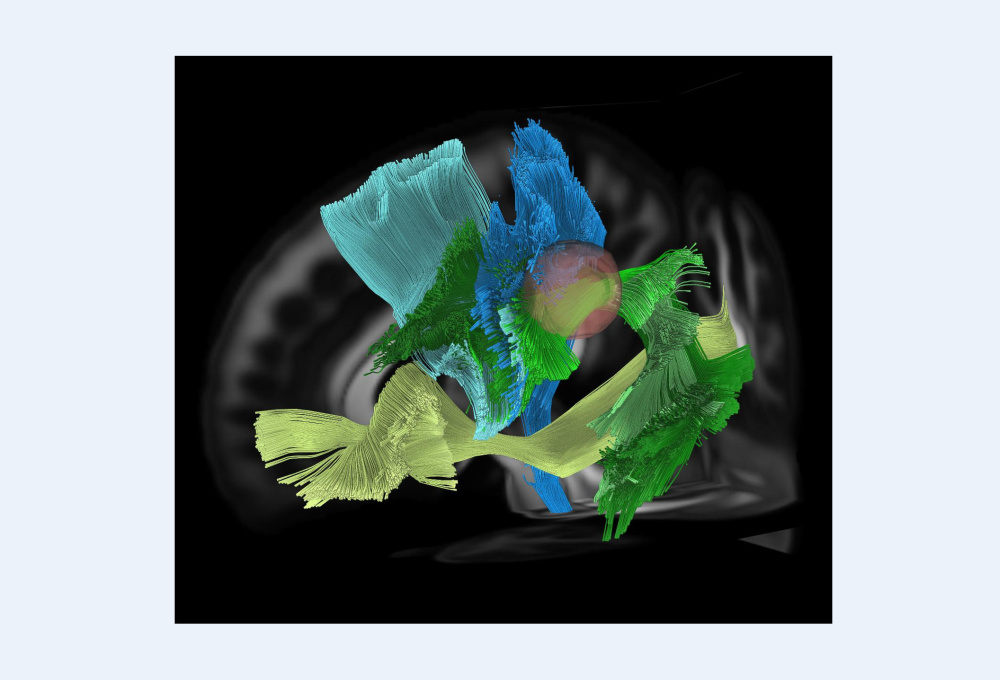Objectives
To reduce mortality and morbidity in brain pathologies, as well as improve patient’s quality of life, it is crucial to make an accurate diagnosis and predict treatment outcomes for different possible therapeutic scenarios. In this context, we develop methodological framework dedicated to the targeted applications described above.
Prognostic model for stroke
The use of new treatments (e.g., thrombectomy) may involve greater risks for the patients but for more spectacular results, in particular in late-stage stroke. To predict the evolution of the patient's condition during treatment, we investigate the efficient encoding of multi-sequence MRI into the deep network and the design of an optimal network architecture that will predict the evolution of the stroke lesions in the two scenarios "untreated" and "treated".
Prognostic model for coma
We work on prognostic models predicting the comatose-patient outcome, based on multimodality MR and PET imaging, including simultaneous exams acquired on the CERMEP hybrid PET/MR scanner. Methodological challenges are to efficiently extract discriminant information from this massive and heterogeneous database, as well as to enable reproducible predictions with confidence intervals.
Diagnostic model for multiple sclerosis
We develop dedicated segmentation algorithms based on deep learning solutions to discriminate lesions without Gadolinium contrast agent injection or by means of longitudinal analysis using multimodal MR images. We also explore statistical learning approaches to better predict the evolution of the patient’s clinical score from MR images.
Diagnostic model for epilepsy
We develop diagnostic models of epilepsy patients based on multimodality MR/PET imaging and dedicated unsupervised deep anomaly detection models.

